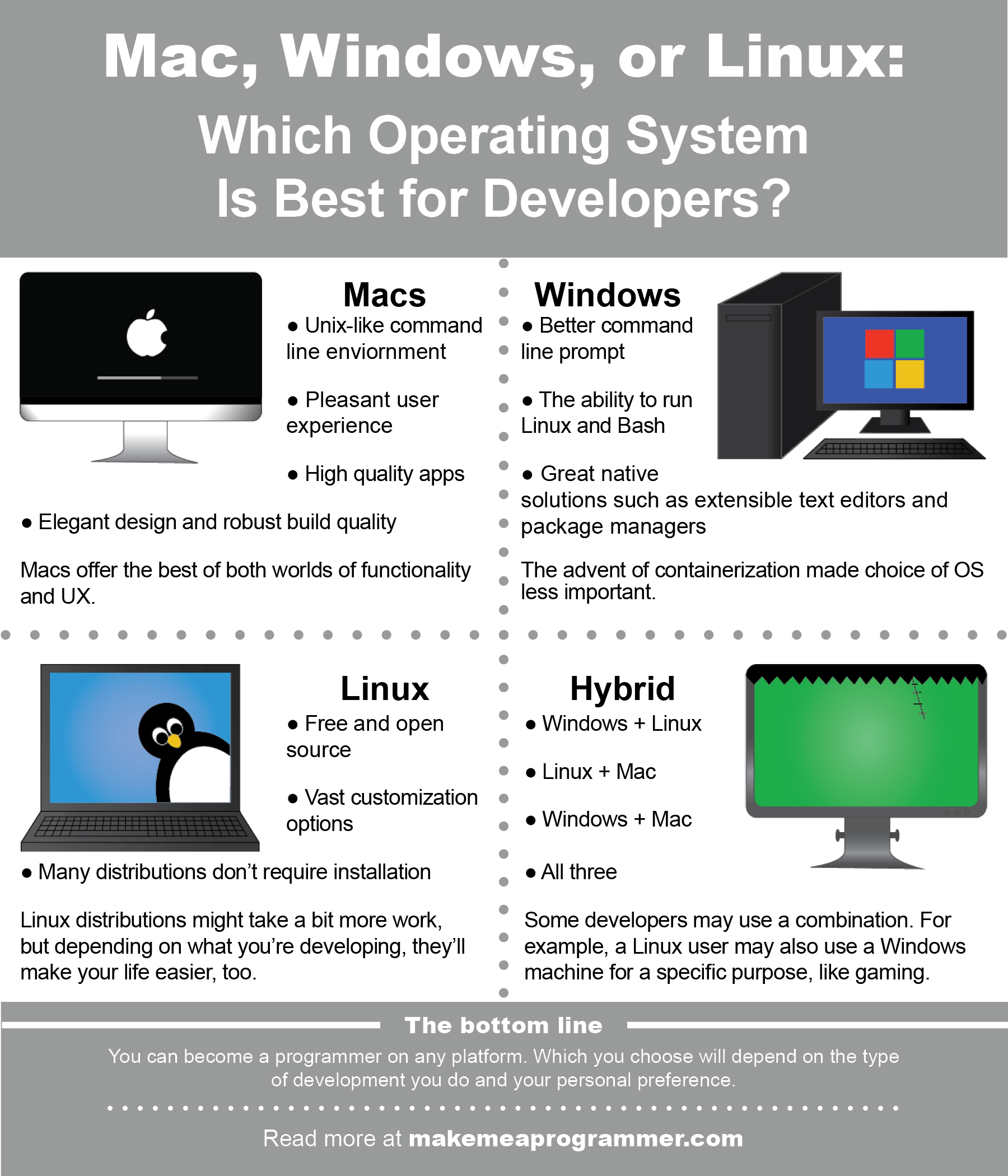
Use the arrow keys on your keyboard to scroll to the very end and add the following line, replacing ‘NAME’ with the actual name of your NTFS drive e.g. This will open the list of drives recognised by macOS. Connect your NTFS drive, then enter the command: sudo nano /etc/fstab To get started, click the Spotlight icon at the top right of your screen and enter ‘Terminal’. As this feature is still in the testing phase however, your files could become corrupted at anytime, so proceed with caution. The main benefit of using Terminal in this way is that it’s quick to do and no third-party software is required.

This is an experimental feature and could lead to data loss, so make sure to do a full backup of both your Mac and any data on the drive before continuing.
CAN YOU USE LINUX ON A MAC FOR MAC
If reformatting your NTFS drive for Mac is not an option, you can enable write support for specific Windows disks using macOS Terminal. From now on you’ll be able to move files to your drive and edit them in place from a Mac or PC. Read the warning carefully before proceeding, as this process will delete any existing data on the drive. Enter a new name for the drive in the field above if you wish.Ĭlick ‘Erase’ to continue.

Insert your NTFS drive or USB stick and click to highlight the disk name in the white box on the left-hand side of the window. To get started, click the Spotlight icon at the top right of your screen and enter ‘Disk’ to launch Disk Utility. More information on FAT32 versus NTFS is available from Microsoft Support. This may pose a problem if you’re using the drive to store high-quality videos.

This is simple to do and means the data on your drive/USB stick can be read and written on both Macs and PCs.īe aware that the FAT32 format isn’t as efficient as NTFS: it only supports files sizes of up to 4GB. If you have an NTFS drive you can use macOS’ Disk Utility to reformat it to FAT32.


 0 kommentar(er)
0 kommentar(er)
